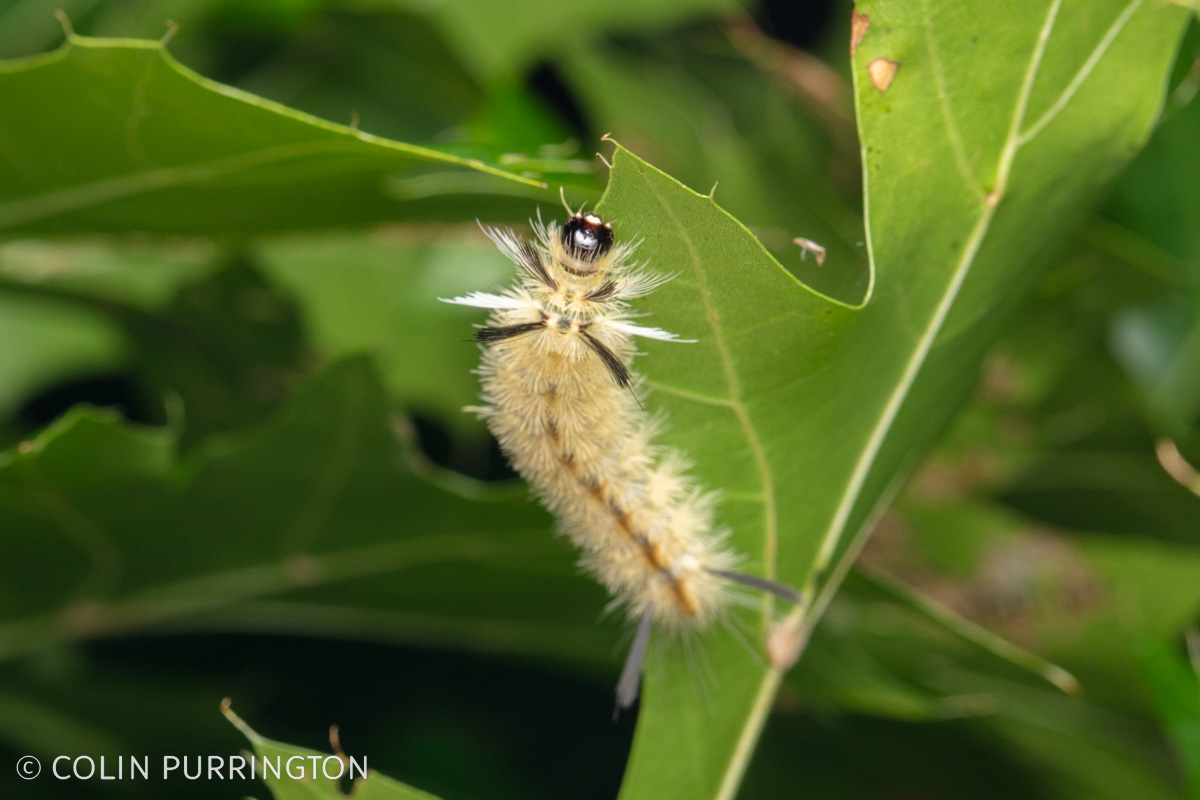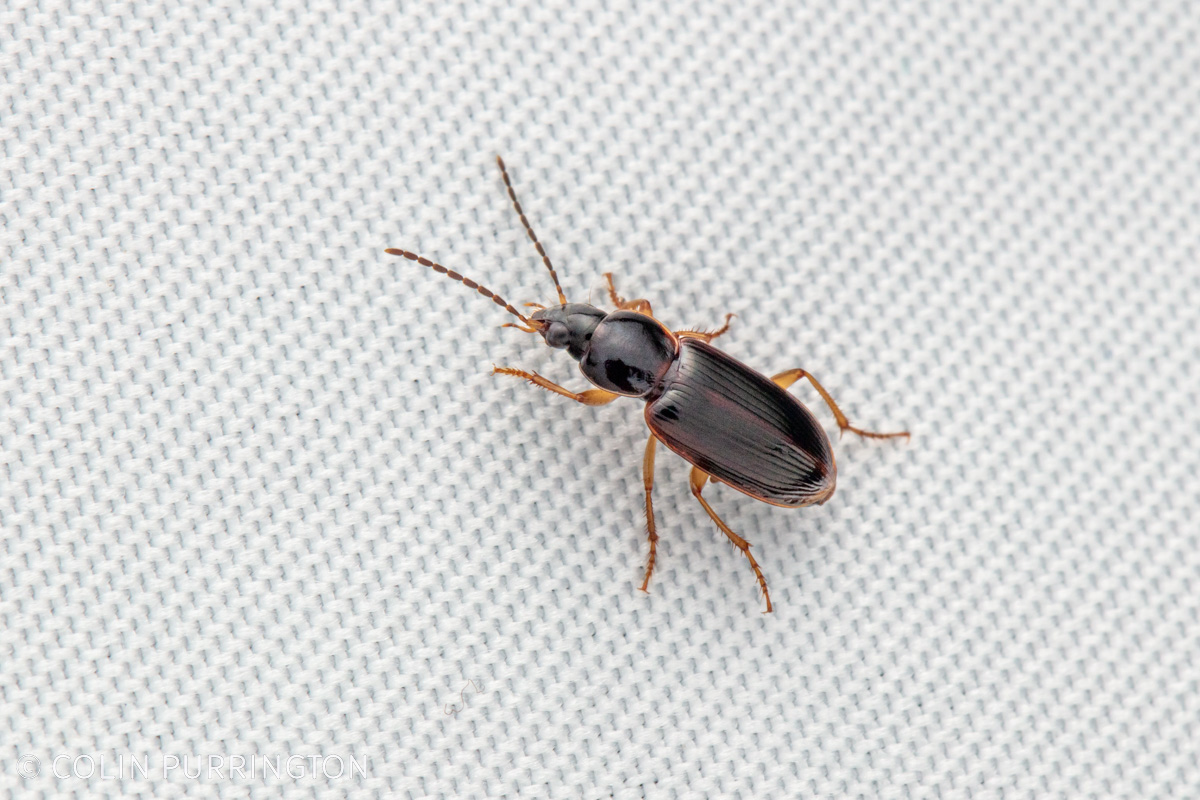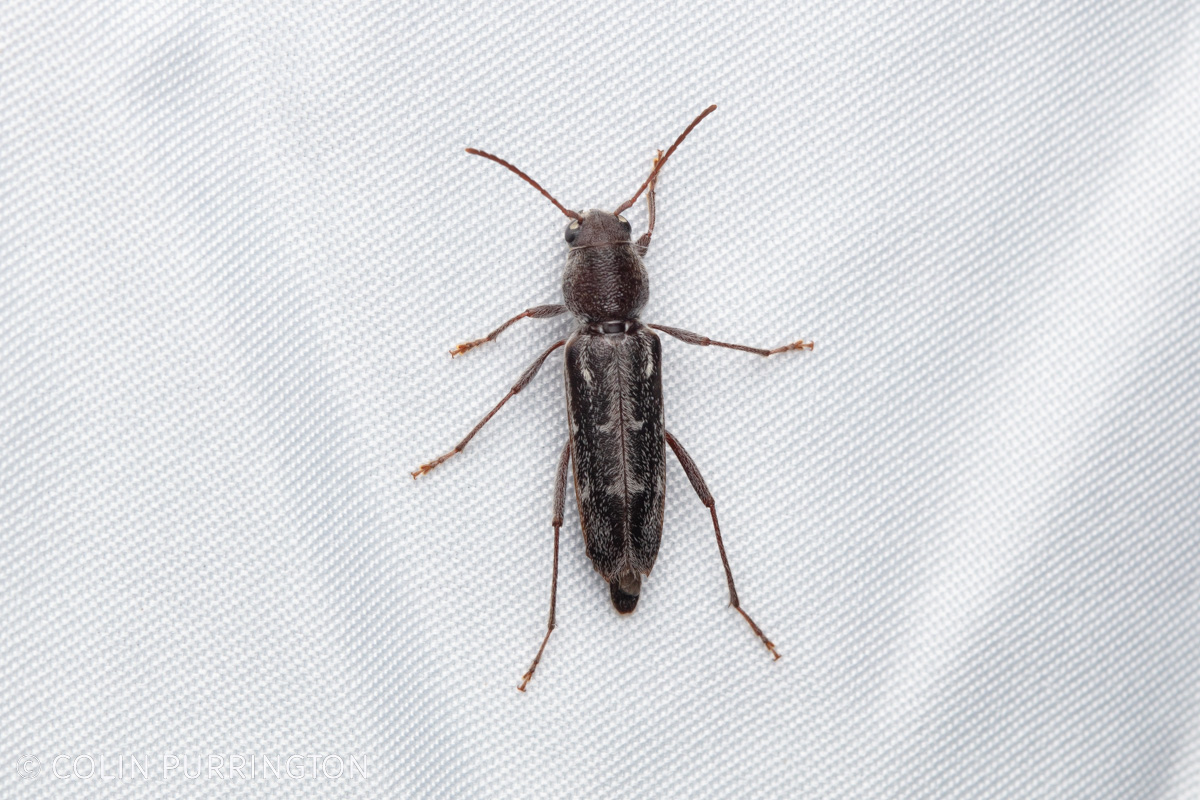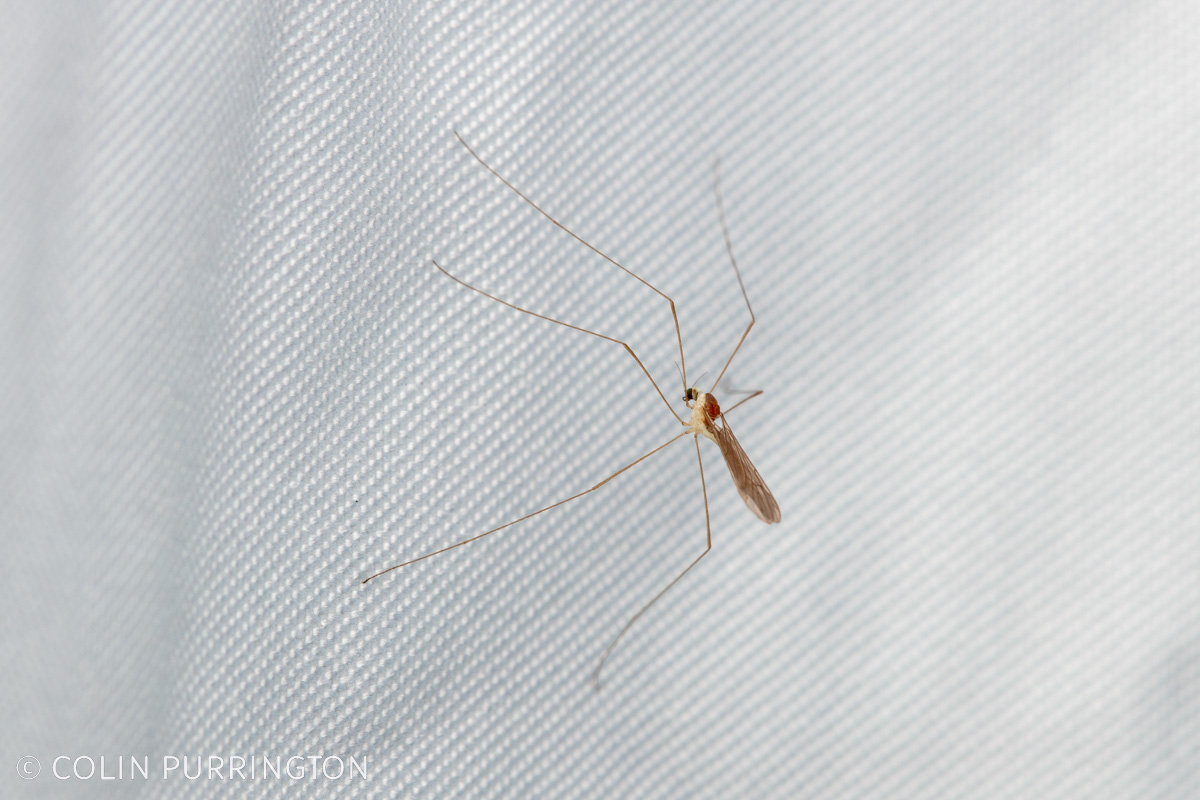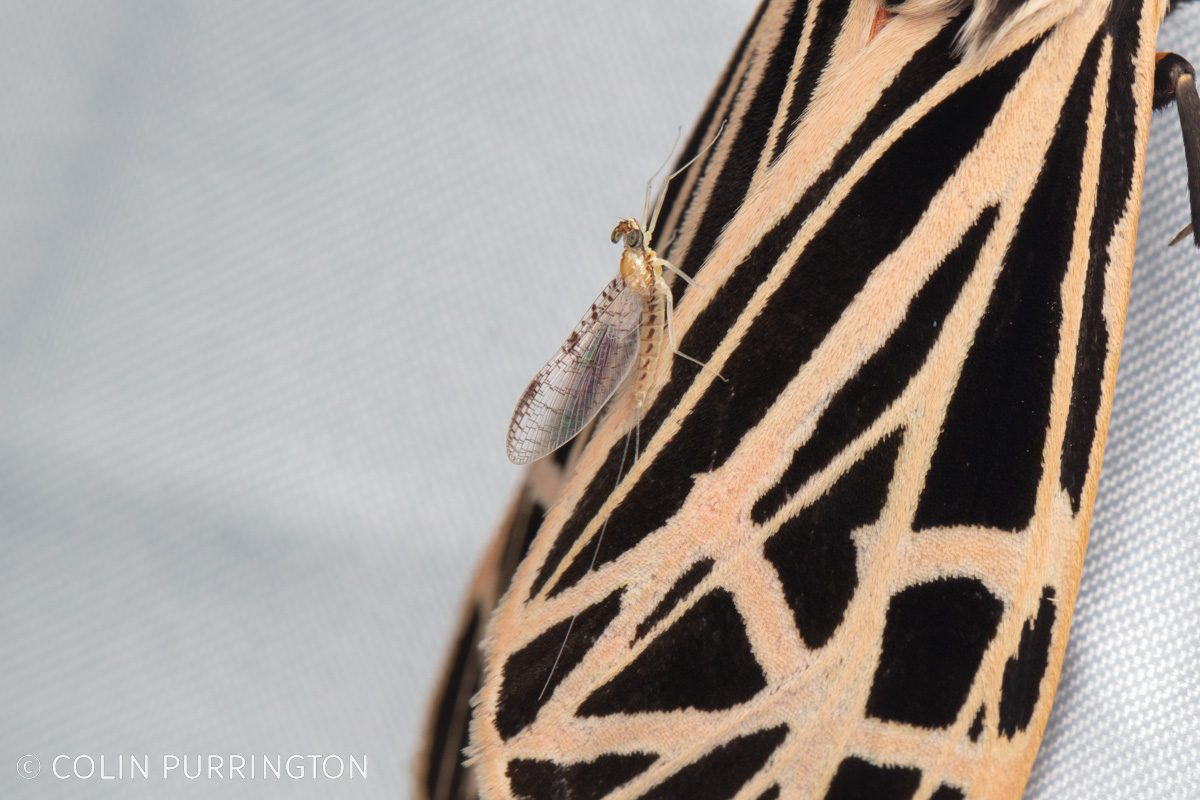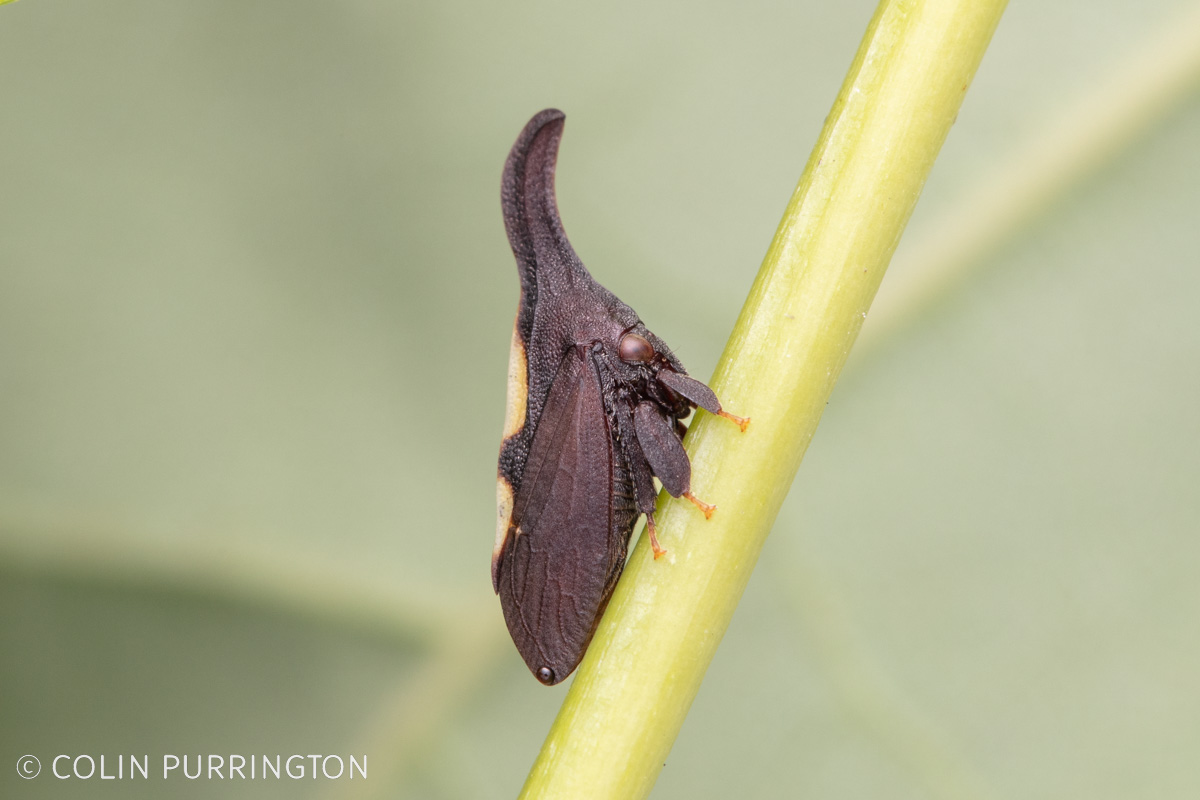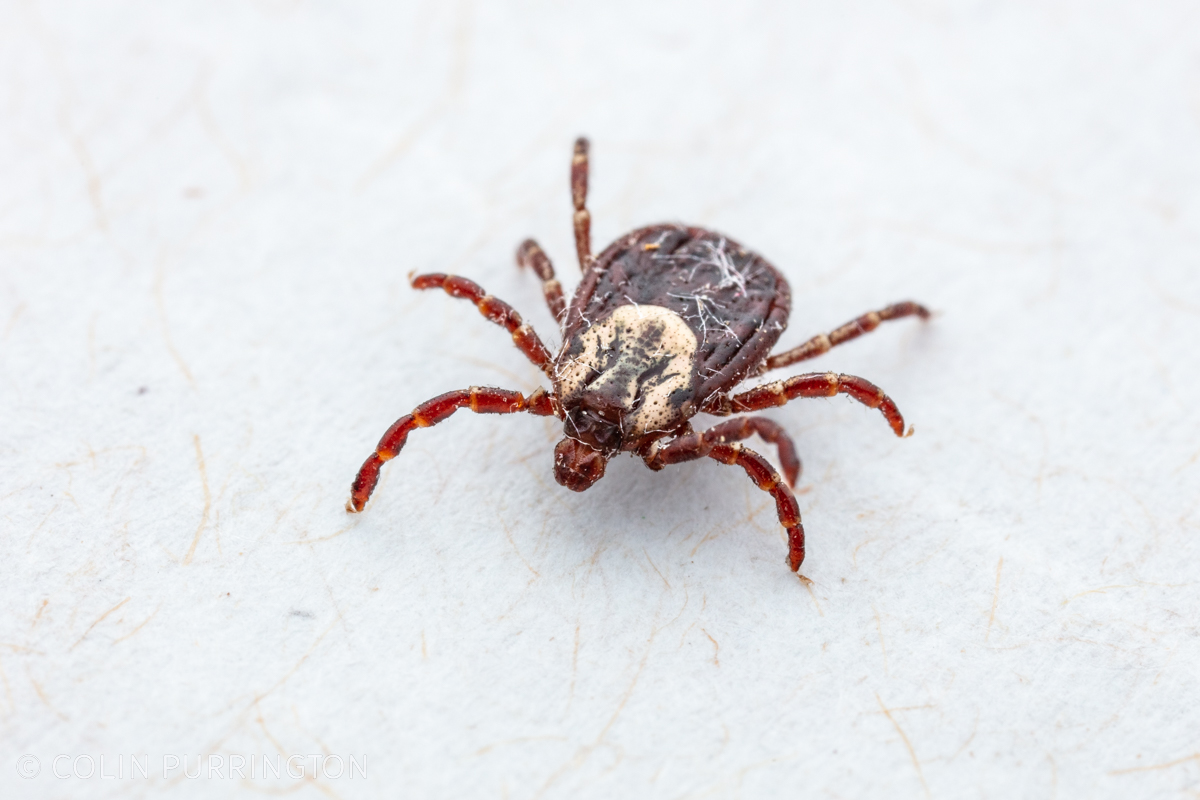I’m finally getting around to posting photographs from National Moth Week (July 23-31). Over a period of perhaps three hours on July 30th I ended up with 27 moths, 3 caterpillars, 3 beetles, 2 flies, 1 cricket, 1 wasp, 1 mantisfly, 1 planthopper, and a mayfly. And, as I discovered the next morning, a bonus tick. If you want to view any of the below photographs larger, just click on them. And if you think I’ve misidentified any of them please let me know.
Here are the moths:
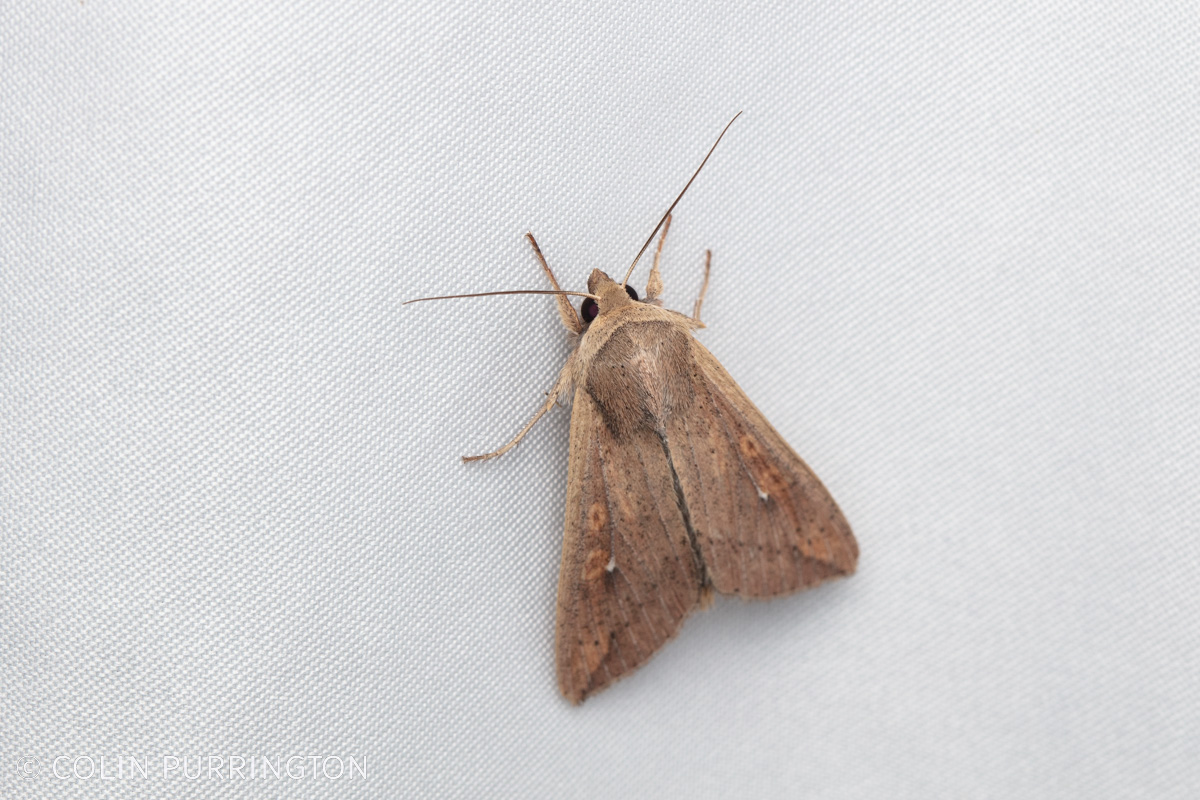
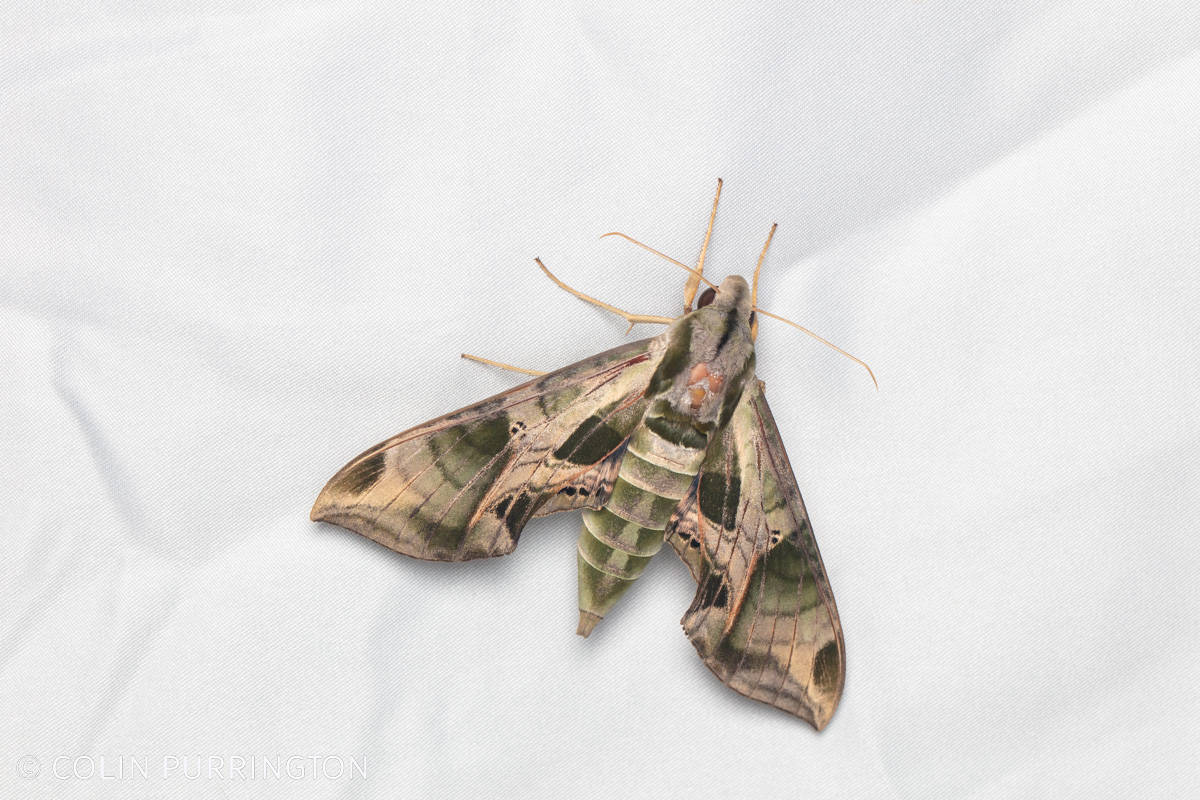

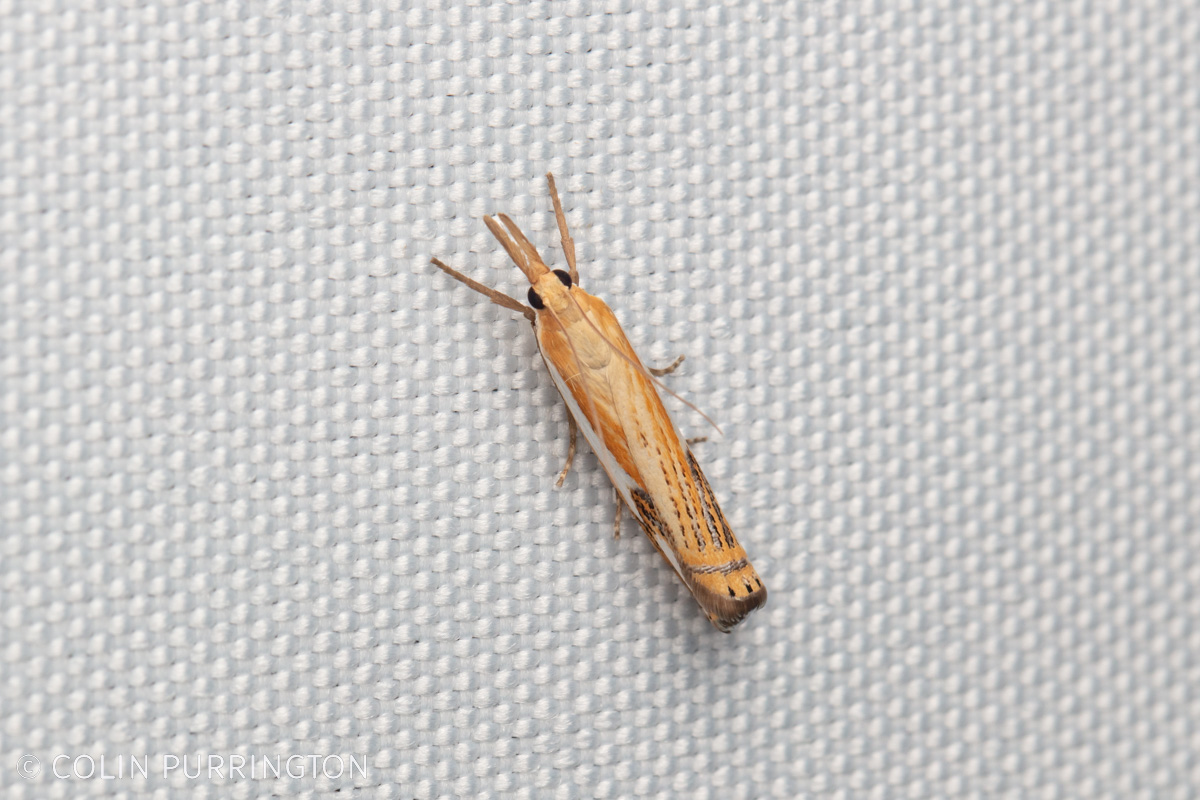
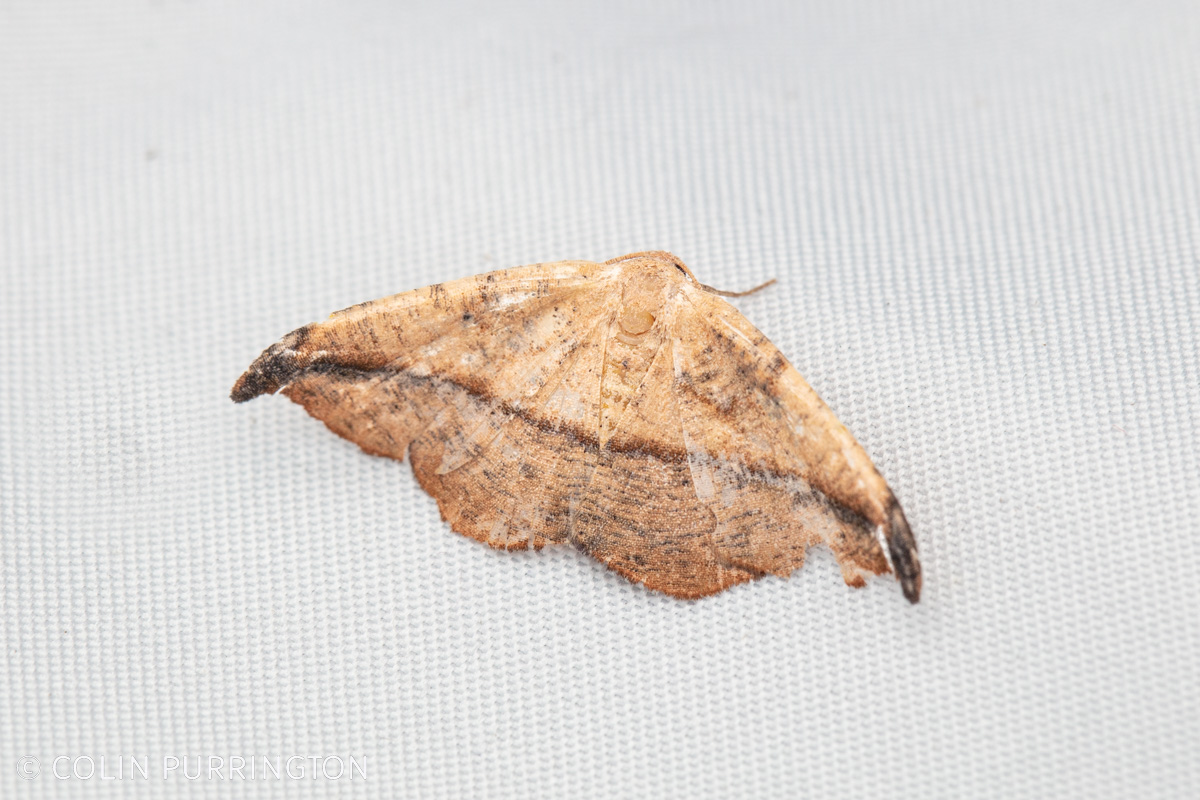
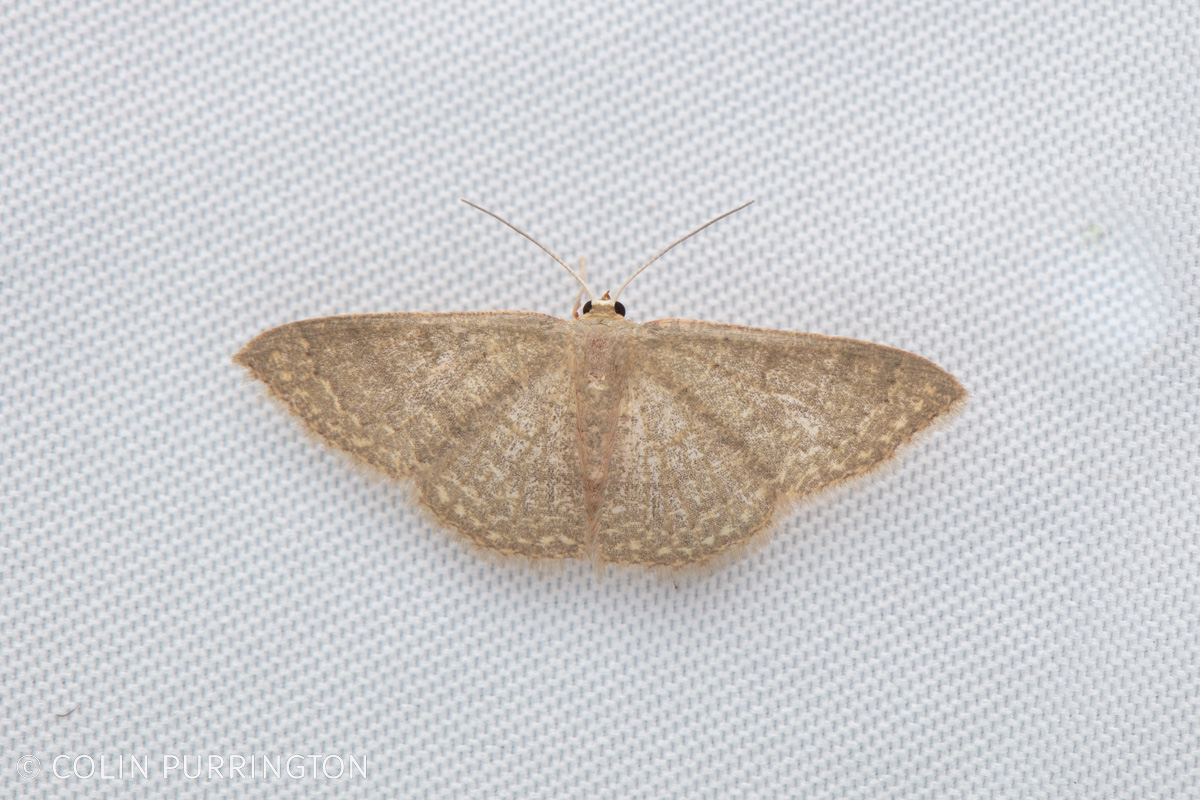
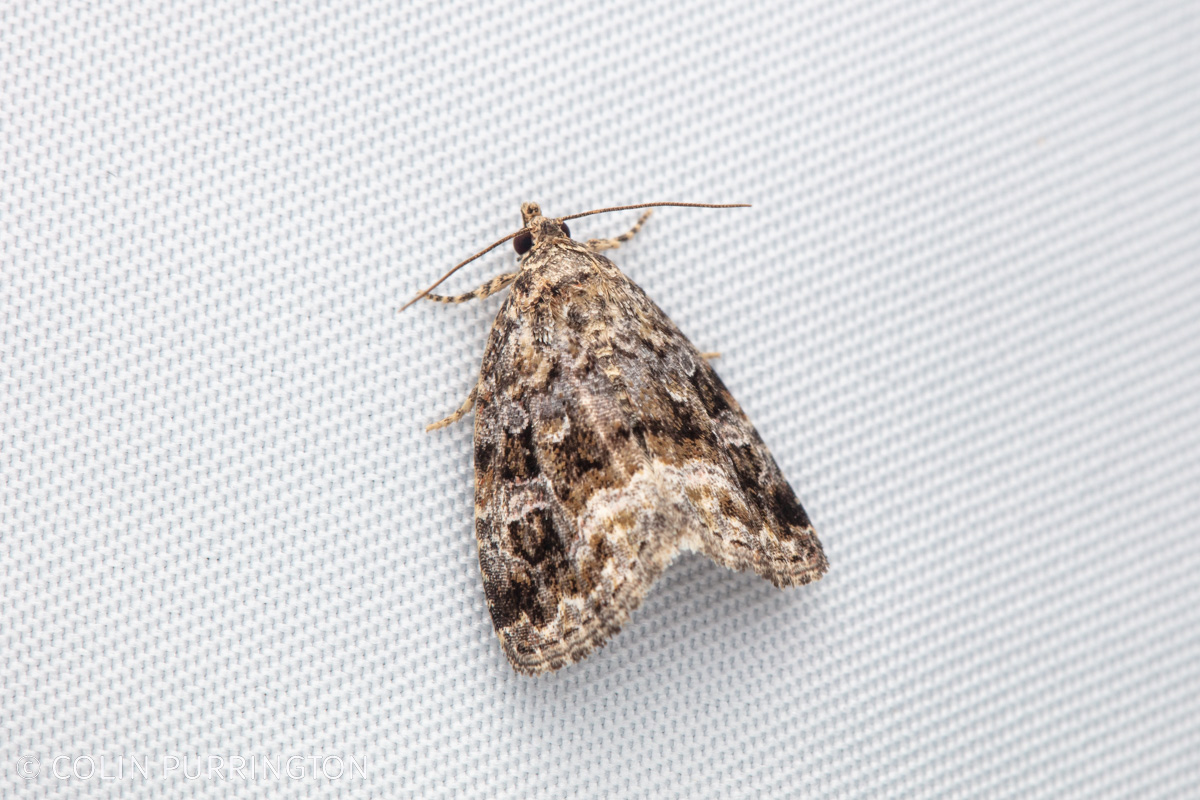
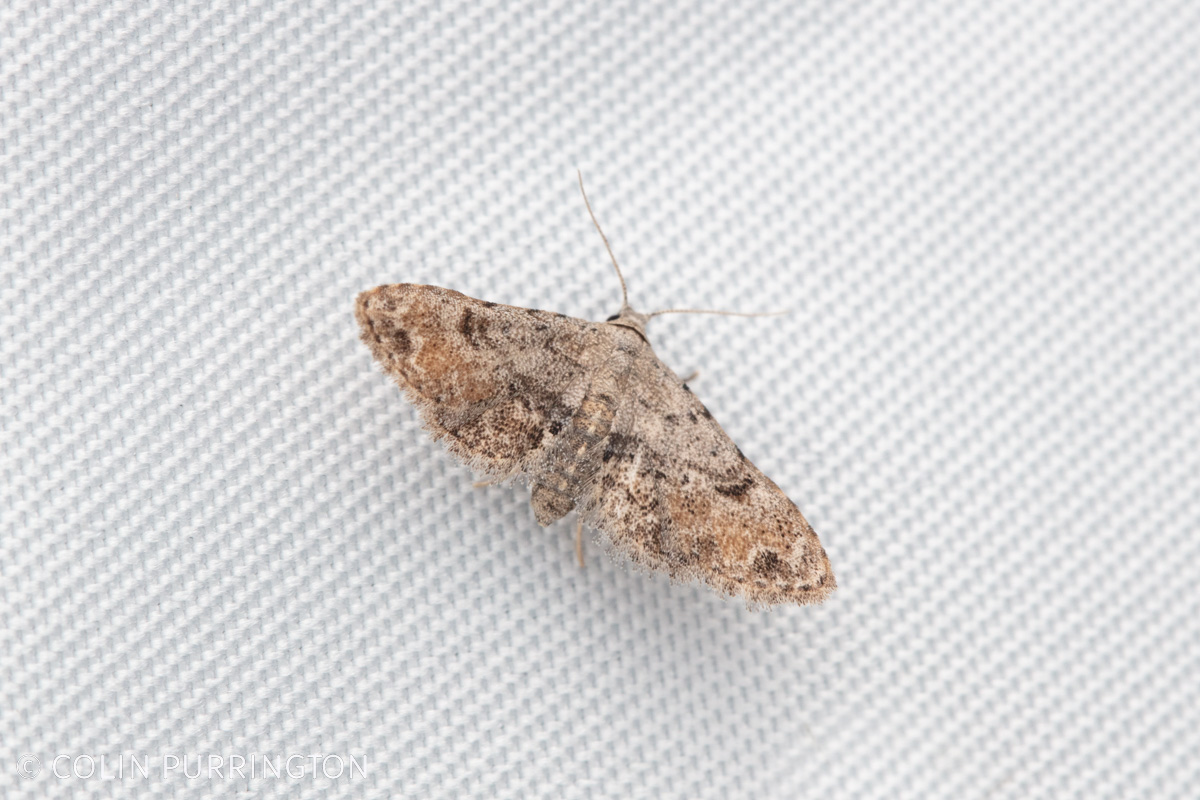
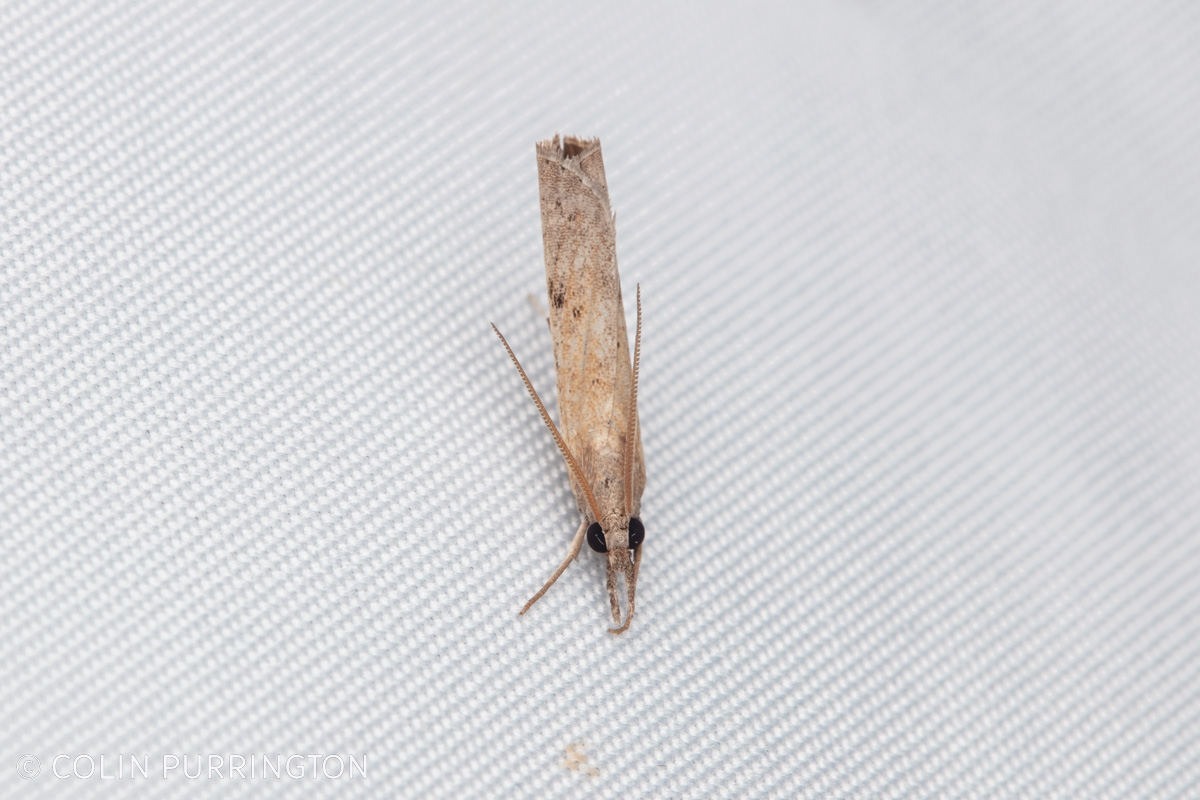
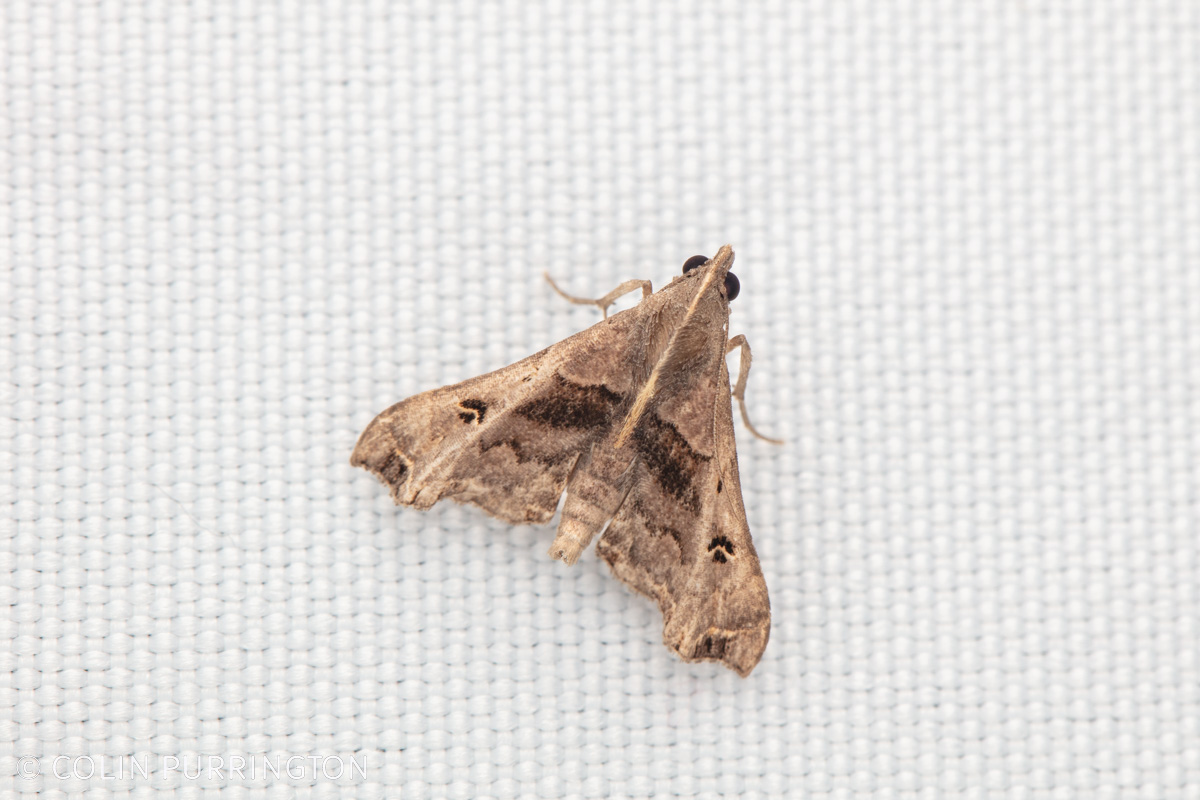

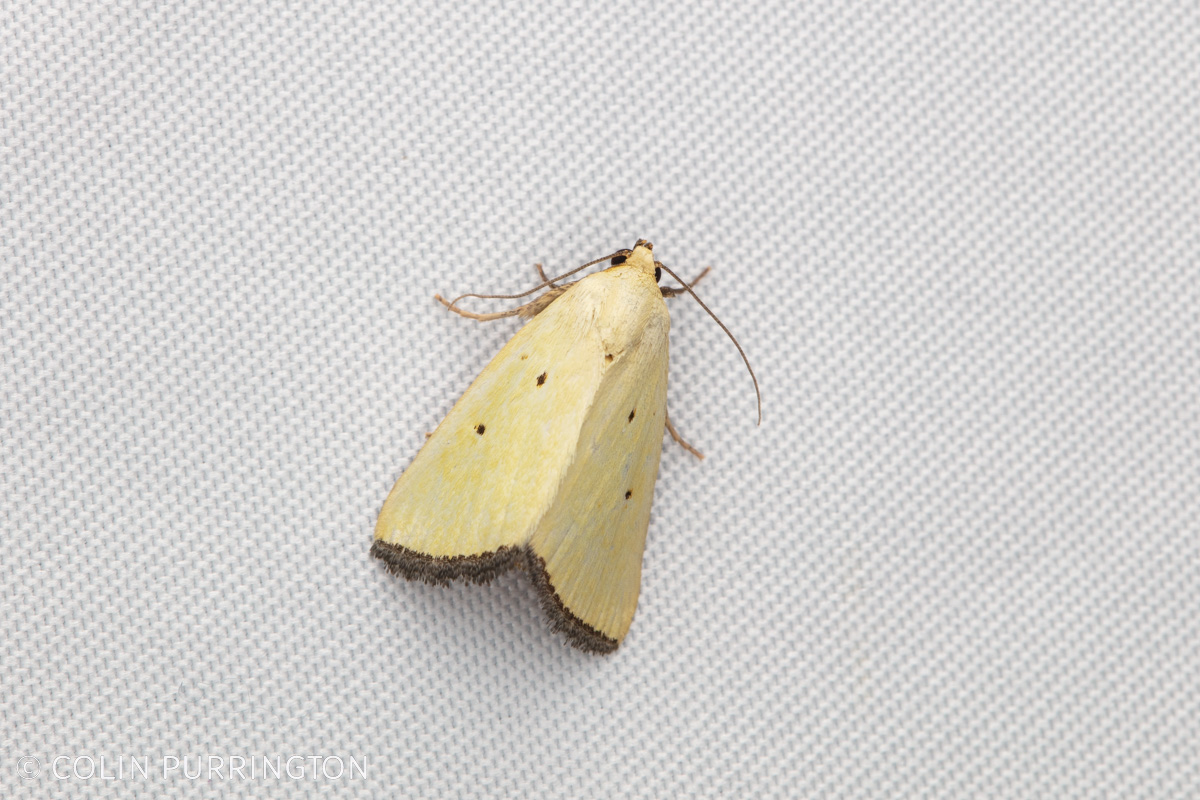
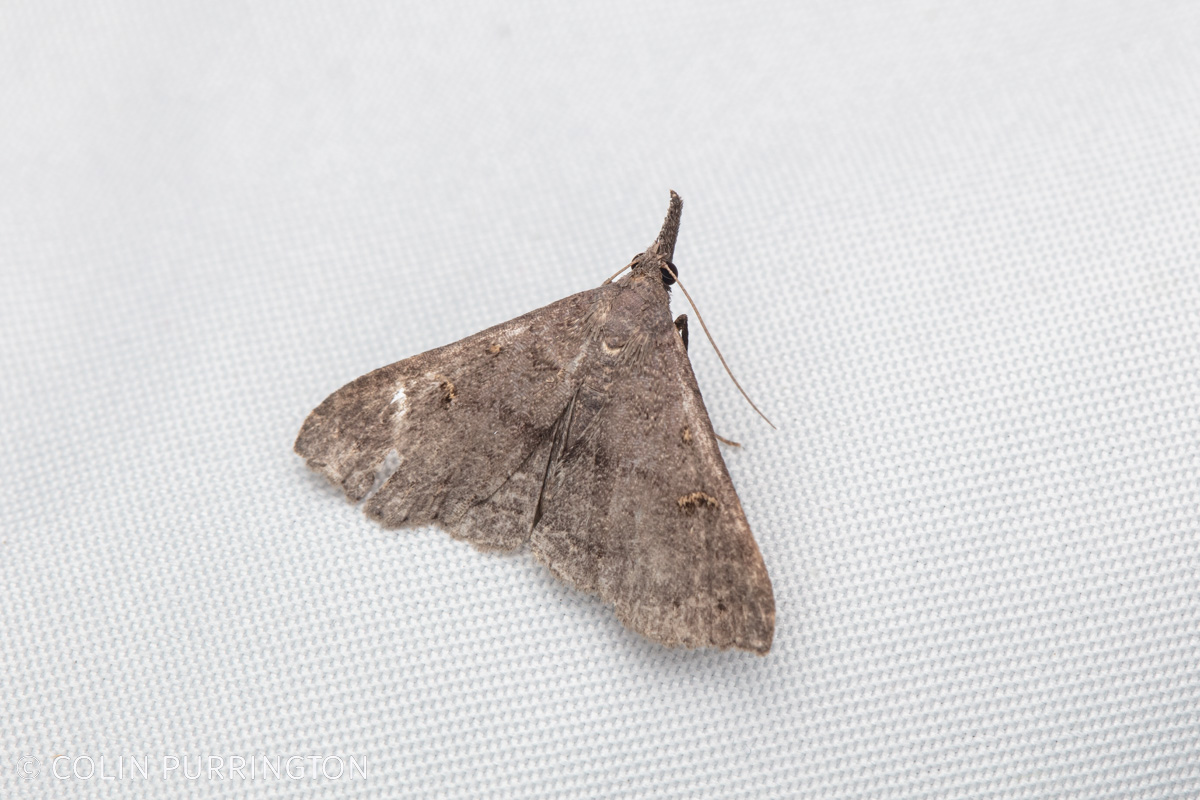
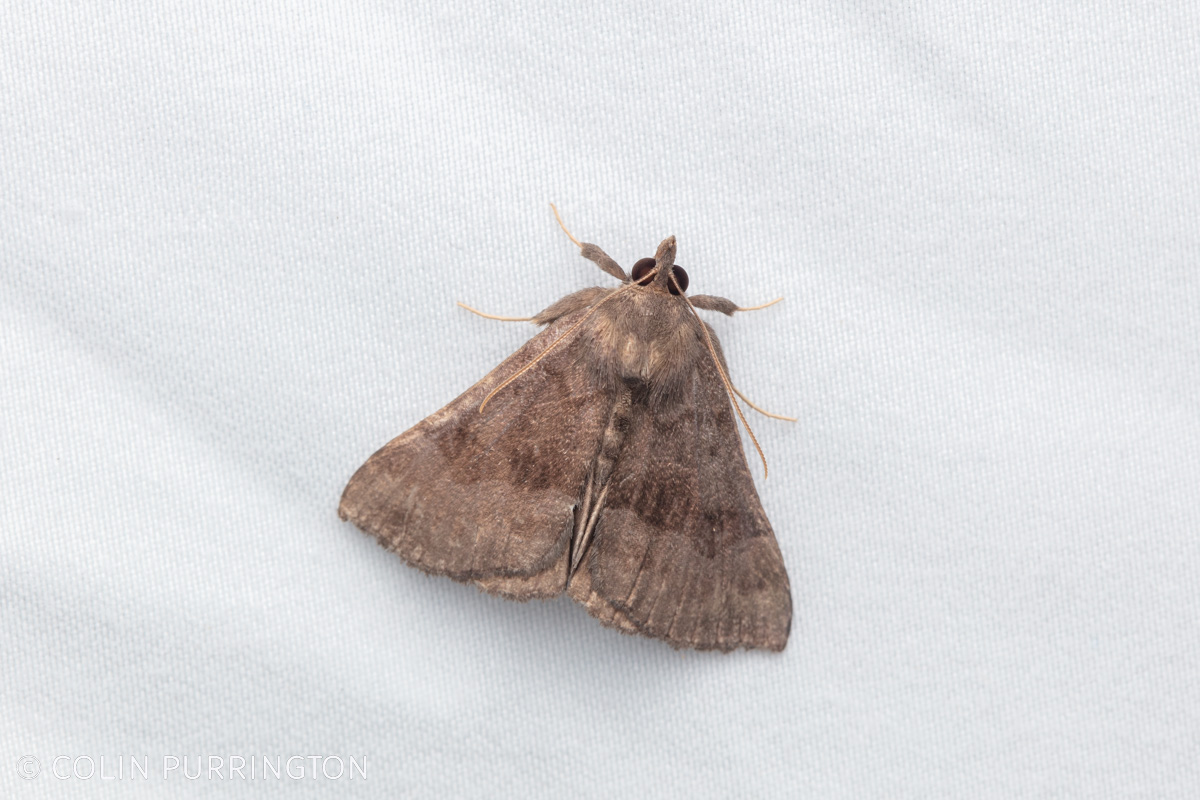

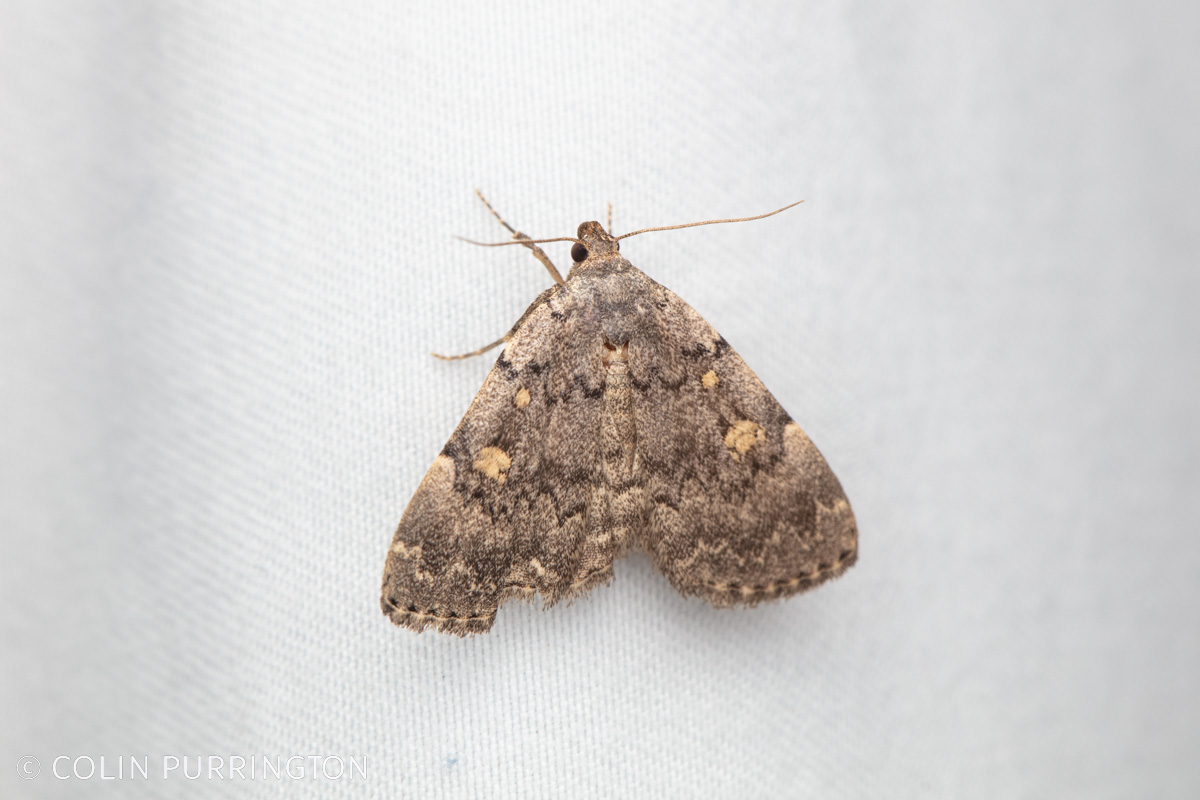




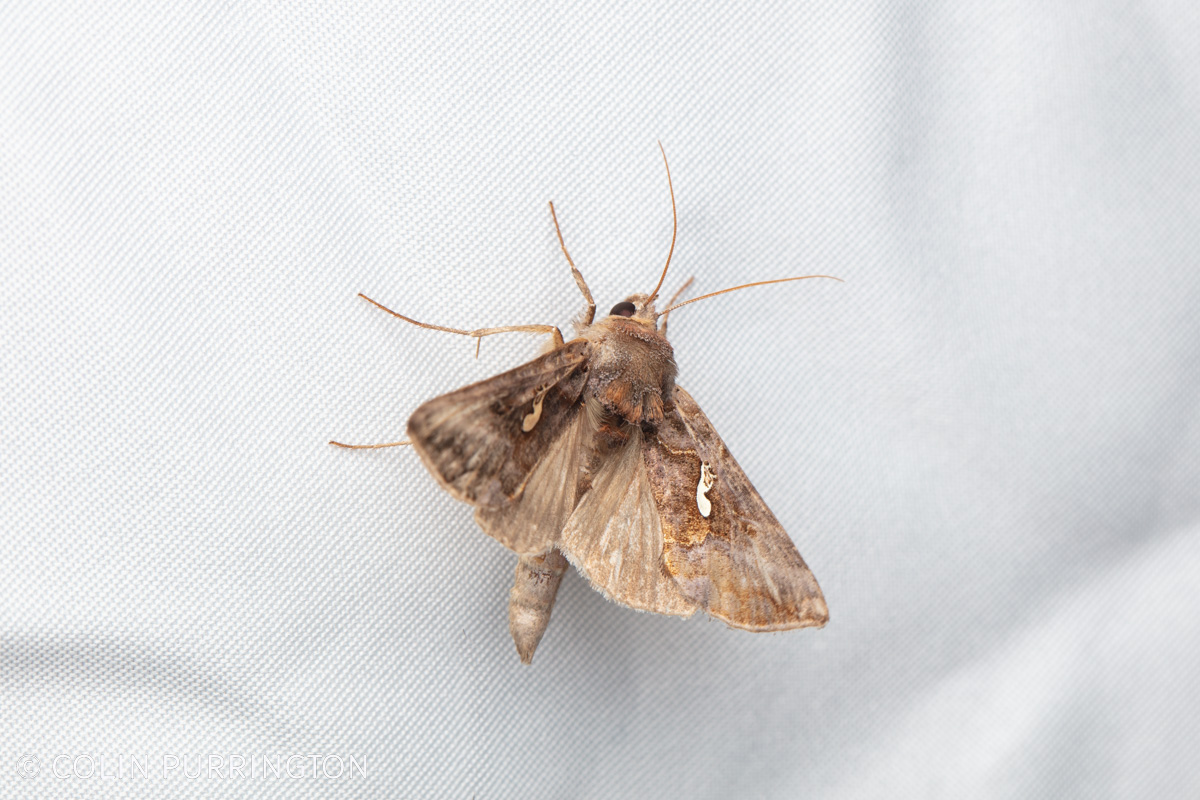
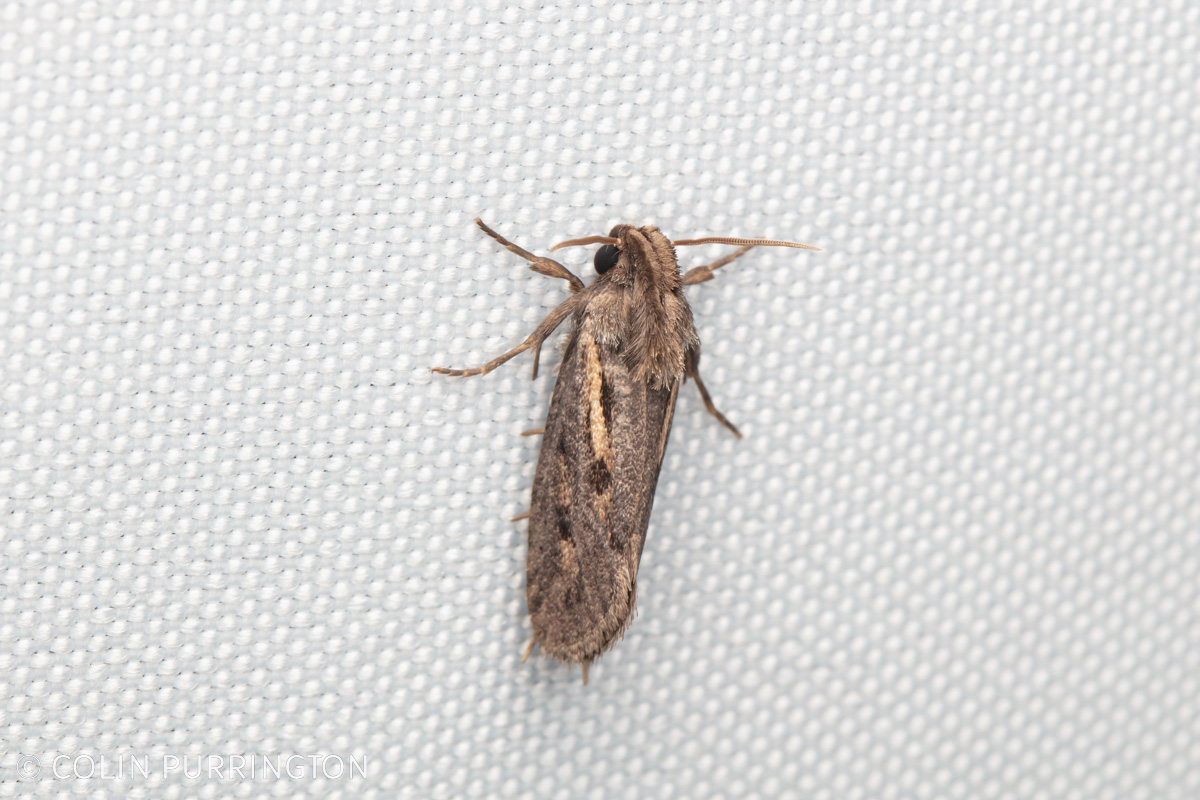
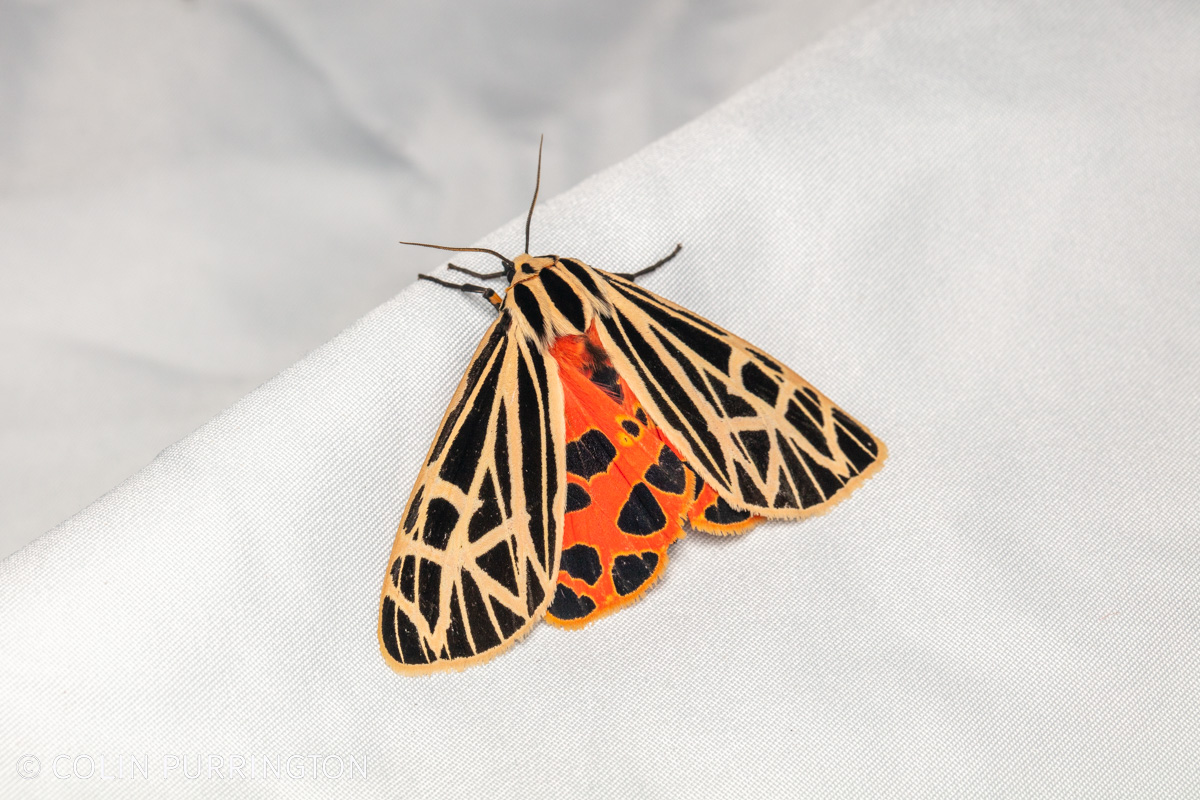
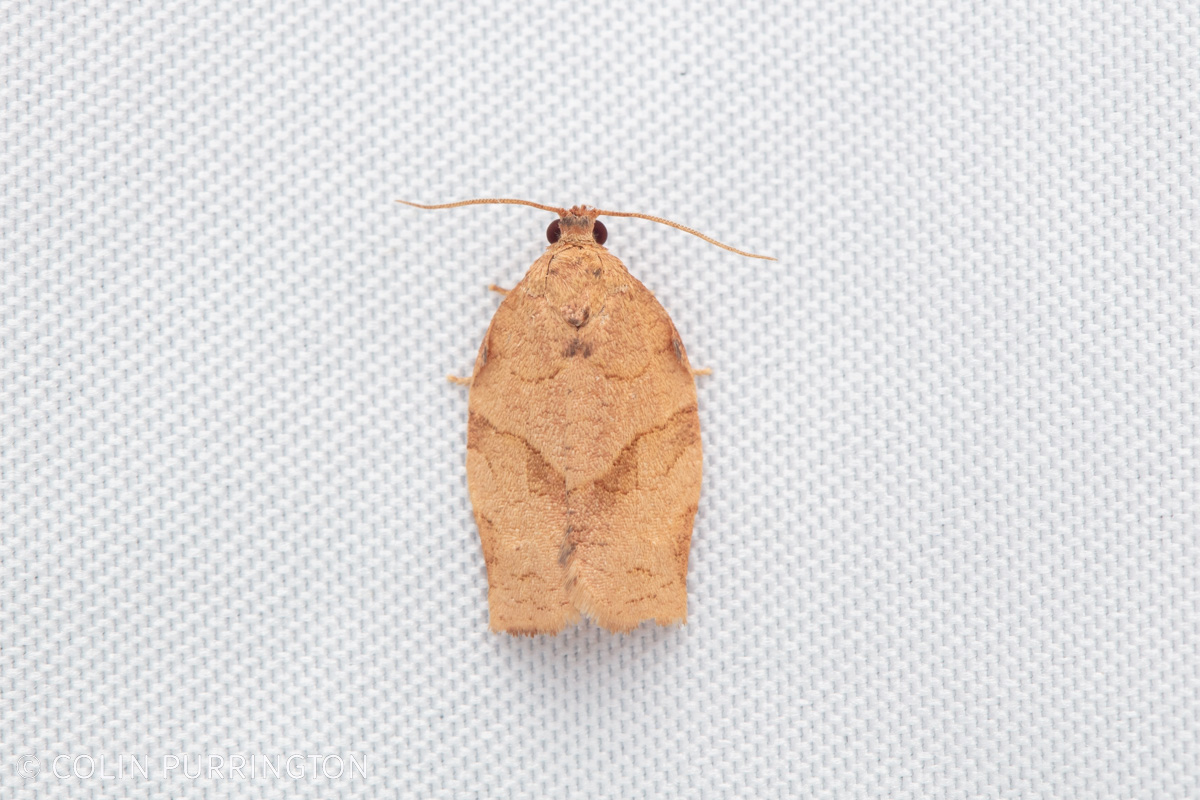
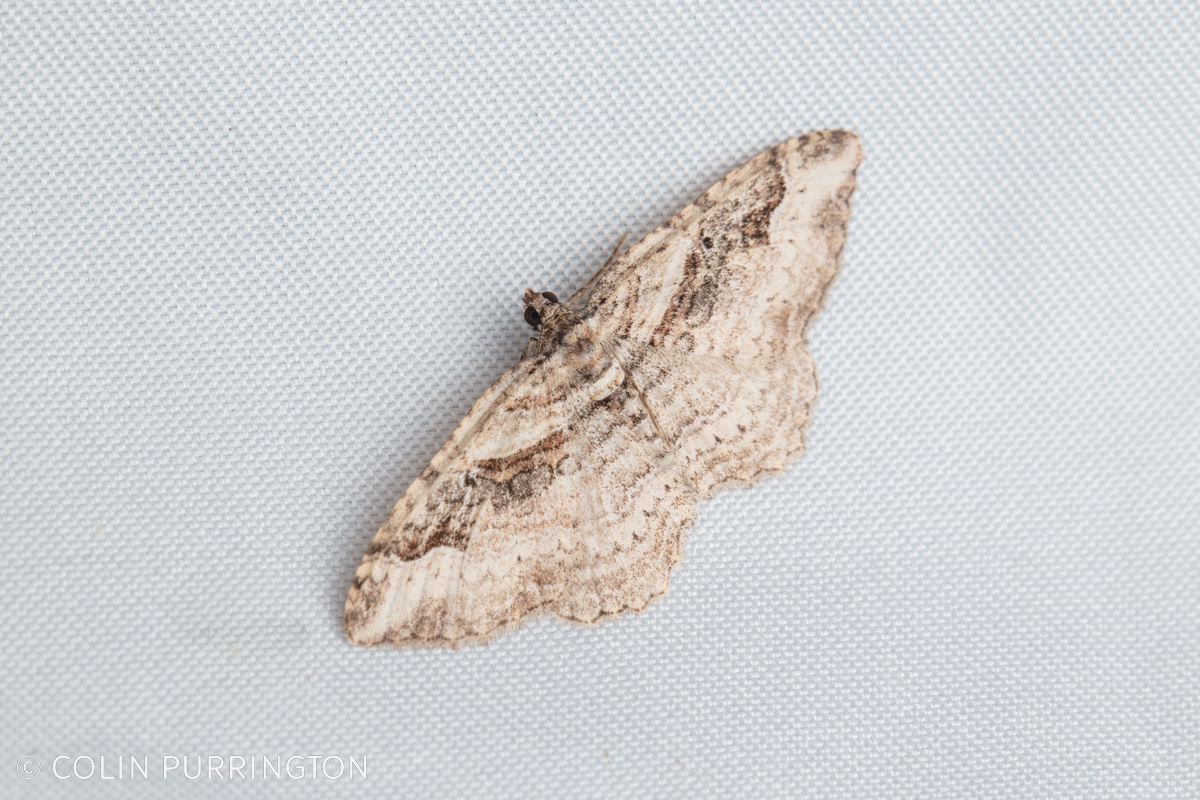
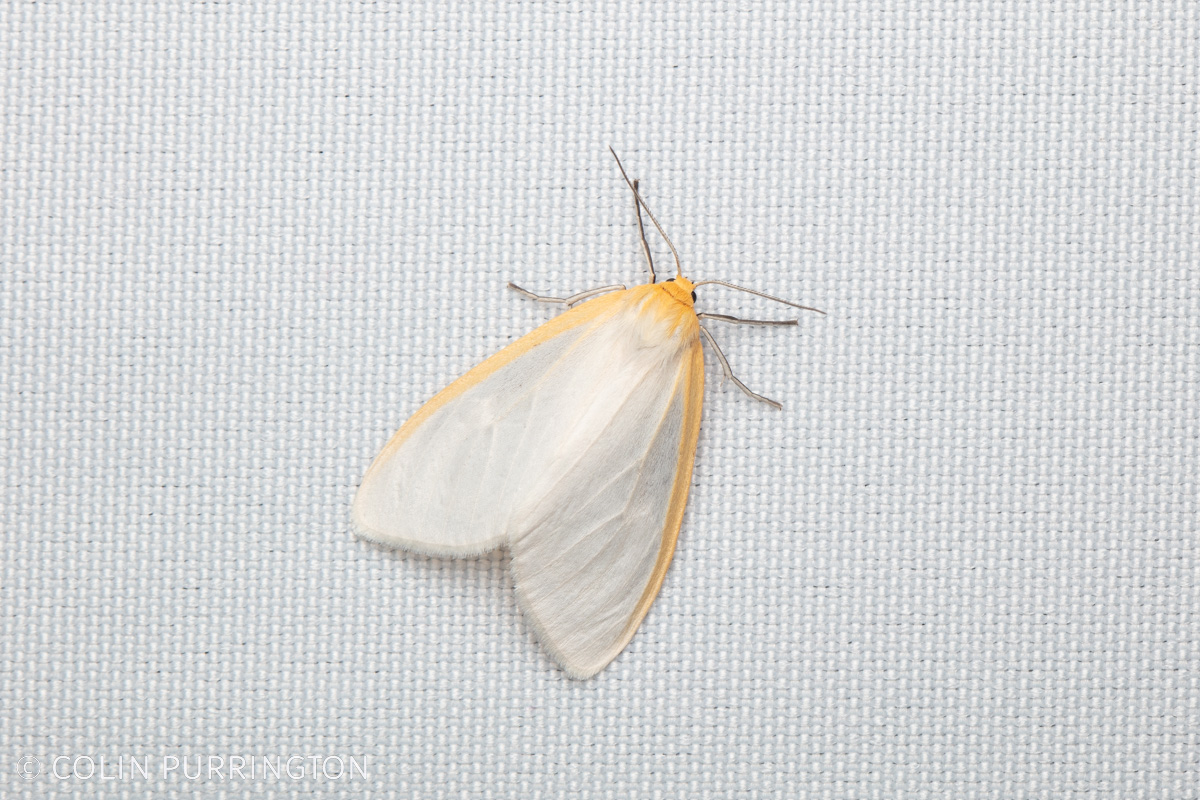

The moth larvae below didn’t show up to the blacklights, of course, but were loitering nearby so I captured them, too:
Below are the beetles that showed up. Stenolophus ochropezus was incredible common, with perhaps several dozen during the evening. In the future we really need to set out some sugar/beer bait to get more beetles to show up.
I have only two photographs of flies (a dance fly and a crane fly) but there were uncountable numbers of small dipterans at the lights. If I’d been thinking I would have set up my smaller lens to document them, but then I would have been there until 3 AM.
Below is the miscellaneous gallery featuring a mayfly, a wasp, a treehopper, a katydid, a green mantisfly, and a tick. The latter came home with me.
Here are all the iNaturalist observations at Hildacy Preserve that day. Currently that link just shows my photographs but hopefully others who attended that night will upload theirs, too.
Huge thanks to Mike Coll and Tanya Dapkey for organizing a fun evening.
For more details on National Moth Week, please see https://nationalmothweek.org/. For moth identification I recommend Peterson’s Field Guide to Moths of Northeastern North America, BugGuide (free!), iNaturalist (free!), and Moth Photographers Group (free!). For larvae I use David Wagner’s Caterpillars of Eastern North America.
If you live near Philadelphia, here are directions to Hildacy Preserve.




